חינוך בחזית המחקר
2022-2021 כנס הצגת פרסומי הסגל
כ״ו באדר א׳, תשפ״ב 27 (בפברואר, 2022)
Counting polygons and fishes in uniform tessellations of the hyperbolic plane
Dr. Elias Aboud
Hyperbolic geometry was developed in the Örst half of the 19th century by Lobachevsky (1793-1856), János Bolyai (1802-1860) and Gauss (1777-1855), establishing the independence of the parallel axiom in Euclidean geometry. One of the themes that ran through Geometry following Euclid was the search for a replacement or a proof of dependence of his Fifth Postulate, which is commonly equivalent to the statement: Given a line and a point not on that line, there exists one and only one line through that point parallel to the given line.
Mathematicians through history tried to prove the Fifth Postulate: Ptolemy (85-165), Proclus (410-485), al-Tusi (1201-1274), John Wallis (1616-1703), Legendre (1752-1833), Farkas Bolyai (1775-1856), Girolamo Saccheri (1667-1733), Johann Heinrich Lambert (1728-1777), and many others. All Attempts failed and, in these failures, there developed a number of statements that were equivalent to the statement of Euclid Fifth Postulate.
Hyperbolic geometry assumes all the axioms of Euclidean geometry, replacing the Fifth postulate by the negation, which states: Given a line and a point not on that line, there exists more than one line through that point parallel to the given line. Independently, Riemann (1826-1866) discovered spherical geometry in which he replaced the Fifth postulate by the assumption: There are no parallel lines.
We consider uniform tessellations of the hyperbolic plane. First, we review the conditions for tessellating Euclidean and non-Euclidean planes with regular p-gons, where at each vertex meet q polygons. Then we show how to construct a tessellation of the hyperbolic plane in the special case p=7 and q=3; using a hyperbolic geometry software. The tessellated hyperbolic plane in this special case is called the hyptagrid. Then, we consider general {p; 3}-gtessellations, p ³ 7, of the hyperbolic plane. We solve linear recurrence relations, homogeneous and non-homogeneous, that count the number of regular p-gons which cover the layers of the tessellation. Tiling using a software helps finding the initial conditions to the corresponding recurrence relation.
In the case p=7 and q=3; the hyptagrid, we show that the elements of the recurrence relation are related to Fibonacci numbers and in the case p=8 and q=3; the octagrid, we provide a count of the number of fishes in the layers of a superimposed {8,3}-tessellation on Escher׳s Circle Limit III.
